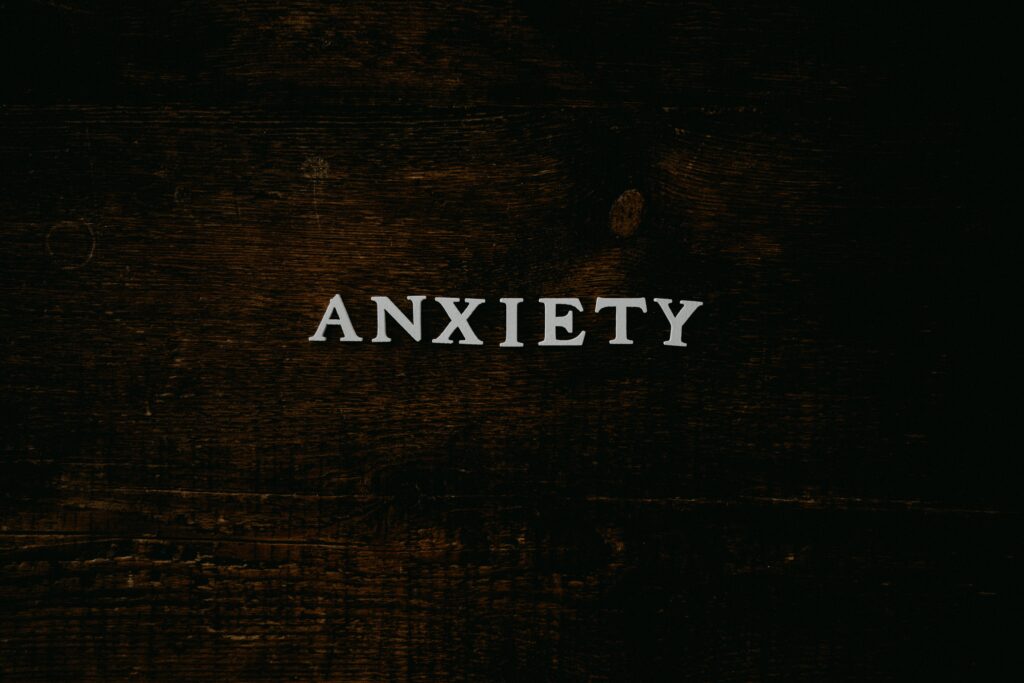Anxiety: a common yet complex experience that affects millions of people worldwide. In the US alone, generalized anxiety disorder (GAD) affects 6.8 million adults. In this blog, we will delve into the depths of anxiety, unraveling its intricacies and equipping you with practical tools to navigate the maze of the mind. Whether seeking information for yourself or looking to support a loved one, this guide aims to provide authentic insights and meaningful strategies to help you thrive amidst anxiety’s challenges.
Demystifying Anxiety: Understanding the Inner Workings
Anxiety is more than just feeling worried or stressed; it involves a range of physical, emotional, and cognitive responses. At its most basic definition, anxiety is the body’s response to worry and fear. Feeling anxiety on occasion is an entirely normal part of life. You may sometimes experience stress or concerns about different aspects of your life, such as your relationships, financial situation, or health. This is all normal and expected. Things get a little trickier when these worries and fears become all-consuming and prevent us from living out our normal daily activities. When anxiety reaches this point, it is classified as an anxiety disorder. Some common types of anxiety disorders include generalized anxiety disorder, panic disorder, social anxiety disorder, post-traumatic stress syndrome, and other phobia-related disorders.

The Power of Awareness: Recognizing Anxiety’s Signs and Symptoms
Self-awareness is critical to identifying anxiety’s signs and symptoms within ourselves and others. We will explore the physical, emotional, and behavioral indicators of anxiety, empowering you to recognize when anxiety is at play. By shining a light on these markers, we can begin to navigate the maze of anxiety with clarity and purpose.
As mentioned previously, anxiety and stress are a normal part of life. However, these feelings may indicate an anxiety disorder when they become overwhelming. While stress and anxiety happen every day, having these emotions be so strong that they interfere with daily activities, are difficult to control, are out of proportion to the actual danger, or last a long time may indicate a disorder is at play.
Here are some common signs and symptoms of anxiety disorders, according to Mayo Clinic:
- Feeling nervous, restless, or tense
- Having a sense of impending danger, panic, or doom
- Having an increased heart rate
- Breathing rapidly (hyperventilation)
- Sweating
- Trembling
- Feeling weak or tired
- Trouble concentrating or thinking about anything other than the present worry
- Insomnia
- Experiencing gastrointestinal (GI) problems
- Having difficulty controlling worry
- Having the urge to avoid things that trigger anxiety
These are just a few common anxiety symptoms, but you should always consult a professional before accepting an official diagnosis.

Coping Strategies: Building Your Toolkit for Resilience
Equip yourself with practical coping strategies to navigate anxiety’s challenges. Below are just a few strategies you can implement today to help manage and overcome those feelings of anxiety and stress.
- Deep breathing exercises: Practice deep, diaphragmatic breathing to activate your body’s relaxation response and reduce anxiety symptoms.
- Mindfulness practices: Engage in mindfulness meditation or mindful activities to cultivate present-moment awareness and foster a sense of calm amidst anxiety.
- Cognitive reframing: Challenge negative thoughts and replace them with more positive and realistic perspectives. Use techniques like reframing, thought-stopping, and cognitive restructuring.
- Self-care rituals: Prioritize self-care activities that nourish your body and mind, such as taking regular breaks, getting sufficient sleep, engaging in enjoyable hobbies, and practicing relaxation techniques.
- Support system: Build a network of supportive individuals who can offer understanding, encouragement, and empathy. Seek professional help, such as therapy or counseling, for additional coping strategies and support.
Thriving Amidst Anxiety: Embracing a Comprehensive Approach to Well-being
Managing anxiety is not about eliminating it entirely but finding ways to thrive despite its presence. Embracing a comprehensive approach to well-being allows us to strengthen our resilience and lead fulfilling lives alongside anxiety.
As we conclude our journey through the maze of anxiety, remember that you are not alone. By gaining knowledge, developing coping strategies, building supportive connections, and embracing a comprehensive approach, you can navigate the complexities of anxiety with courage and grace. Each step towards understanding and managing anxiety brings you closer to a life filled with resilience, growth, and profound self-discovery. Together, let us unravel the mysteries of anxiety and embark on a path of empowerment and well-being.
Note: The content provided in this blog is for informational purposes only and should not be substituted for professional medical or mental health advice. If you or someone you know is in immediate danger or experiencing a crisis, please get in touch with emergency services or a helpline in your country.
Sources:
Mayo Clinic. “Anxiety Disorders: Symptoms & Causes.” Mayo Clinic, Mayo Foundation for Medical Education and Research, 22 July 2020, www.mayoclinic.org/diseases-conditions/anxiety/symptoms-causes/syc-20350961.



